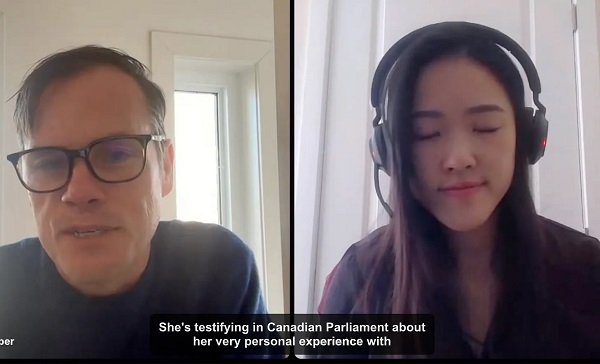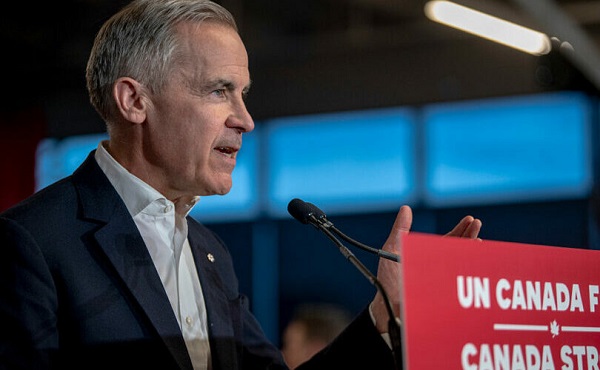Business
Biden Admin Spent A Trillion Taxpayer Dollars To Embed DEI Across Government, Study Says
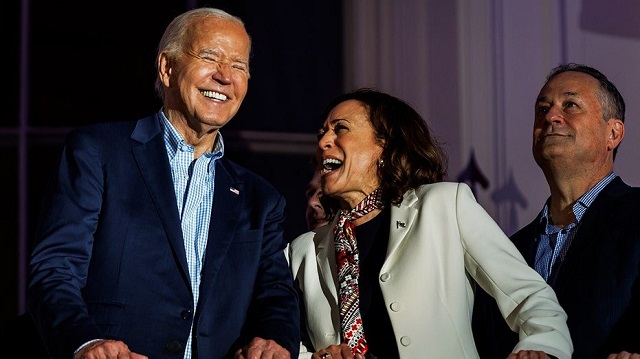
Digging for DEI Dollars: Watchdog Report Identifies 460 Programs Across 24 Federal Agencies
The Functional Government Initiative and the Center for Renewing America identify at least a trillion dollars’ worth of divisive, identity-based programs and policies among the federal thicket and make suggestions that could ensure they don’t come back.
On his first day back in office, President Trump issued an executive order to eliminate “radical and wasteful” Diversity, Equity, and Inclusion (DEI) “programs and preferences” from the federal government. The Biden administration embraced this “woke” agenda and embedded it across the executive branch. Ensuring these programs do not make a comeback will take a sustained effort.
To help the administration in this task, and to help educate the public on the scope of the problem, the Functional Government Initiative (FGI) and the Center for Renewing America (CRA) have published DEI Spending in the Biden Administration. This report traces the Biden administration’s web of DEI programs and influence throughout the government, provides numbers on how much money these programs and initiatives wasted, and offers options for Congress to consider that could root out DEI ideology permanently.
A crucial guide to uncovering the myriad DEI expenditures, both small and large, were the “Equity Action Plans” (EAPs) that President Biden demanded across the government. The Biden administration claimed that these plans were designed to identify and remove barriers keeping federal resources from “marginalized” or “underserved” communities, particularly in areas like procurement, contracting, and grant opportunities. In reality, the systemic focus on DEI poisoned federal governance, contributing to the substantial increase in related spending and diverting resources toward controversial policies, away from agency missions. The Biden administration forcibly inserted the language of DEI into every corner of the executive branch.
The study identified 460 programs across 24 government agencies that diverted resources to DEI initiatives. At least $1 trillion was infused with DEI principles. Here are some examples taken from various EAPs:
- The Defense Department planned to “Integrate environmental/economic justice tools.”
- FEMA found the need to “Install equity as a foundation of emergency management.”
- The Department of Labor “must embed equity in a sustainable manner that recognizes the multiple and overlapping identities held by workers.”
President Trump’s swift actions and executive orders stopped these efforts. To ensure a future president can’t just reverse course upon taking office, Congressional action could banish DEI philosophies for good. Our report includes suggestions for lawmakers to consider for eliminating DEI and other radical ideologies—detailed legislative proposals that could prevent the resurrection of poisonous ideas and practices in our national government.
Wade Miller, Senior Advisor for CRA, issued the following statement:
“DEI is deeply rooted throughout all aspects of the federal government, and it needs to be eliminated completely. Thankfully, the Trump administration has already embarked on a vitally necessary complete audit of each and every government program. We offer, in this report, what we hope are additional resources and tools that the new administration and Congress can use to identify, destroy, and permanently remove DEI from the federal government.”
Roderick Law, spokesman for FGI, issued the following statement:
“The dual study could both expedite the elimination of DEI from the executive branch and show just how quickly pernicious ideologies can spread inside the government. The nature of DEI is both divisive and anti-American, so why force it onto the military, the Commerce Department, or the EPA? After President Biden lavishly funded and pushed these controversial principles into every possible area of government, our hope is that raising these questions and offering Congress and responsible executive branch officials tools and suggestions can keep it from happening again.”
Alberta
Made in Alberta! Province makes it easier to support local products with Buy Local program

Show your Alberta side. Buy Local. |
When the going gets tough, Albertans stick together. That’s why Alberta’s government is launching a new campaign to benefit hard-working Albertans.
Global uncertainty is threatening the livelihoods of hard-working Alberta farmers, ranchers, processors and their families. The ‘Buy Local’ campaign, recently launched by Alberta’s government, encourages consumers to eat, drink and buy local to show our unified support for the province’s agriculture and food industry.
The government’s ‘Buy Local’ campaign encourages consumers to buy products from Alberta’s hard-working farmers, ranchers and food processors that produce safe, nutritious food for Albertans, Canadians and the world.
“It’s time to let these hard-working Albertans know we have their back. Now, more than ever, we need to shop local and buy made-in-Alberta products. The next time you are grocery shopping or go out for dinner or a drink with your friends or family, support local to demonstrate your Alberta pride. We are pleased tariffs don’t impact the ag industry right now and will keep advocating for our ag industry.”
Alberta’s government supports consumer choice. We are providing tools to help folks easily identify Alberta- and Canadian-made foods and products. Choosing local products keeps Albertans’ hard-earned dollars in our province. Whether it is farm-fresh vegetables, potatoes, honey, craft beer, frozen food or our world-renowned beef, Alberta has an abundance of fresh foods produced right on our doorstep.
Quick facts
- This summer, Albertans can support local at more than 150 farmers’ markets across the province and meet the folks who make, bake and grow our food.
- In March 2023, the Alberta government launched the ‘Made in Alberta’ voluntary food and beverage labelling program to support local agriculture and food sectors.
- Through direct connections with processors, the program has created the momentum to continue expanding consumer awareness about the ‘Made in Alberta’ label to help shoppers quickly identify foods and beverages produced in our province.
- Made in Alberta product catalogue website
Related information
2025 Federal Election
ASK YOURSELF! – Can Canada Endure, or Afford the Economic Stagnation of Carney’s Costly Climate Vision?

From Energy Now
By Tammy Nemeth and Ron Wallace
Carney’s Costly Climate Vision Risks Another “Lost Liberal Decade”
A carbon border tax isn’t the simple offset it’s made out to be—it’s a complex regulatory quagmire poised to reshape Canada’s economy and trade. In its final days, the Trudeau government made commitments to mandate climate disclosures, preserve carbon taxes (both consumer and industrial) and advance a Carbon Border Adjustment Mechanism (CBAM). Newly minted Prime Minister Mark Carney, the godfather of climate finance, has embraced and pledged to accelerate these commitments, particularly the CBAM. Marketed as a strategic shift to bolster trade with the European Union (EU) and reduce reliance on the U.S., a CBAM appears straightforward: pay a domestic carbon price, or face an EU import fee. But the reality is far more extensive and invasive. Beyond the carbon tariffs, it demands rigorous emissions accounting, third-party verification and a crushing compliance burden.
Although it has been little debated, Carney’s proposed climate plan would transform and further undermine Canadian businesses and the economy. Contrary to Carney’s remarks in mid-March, the only jurisdiction that has implemented a CBAM is the EU, with implementation not set until 2026. Meanwhile, the UK plans to implement a CBAM for 1 January 2027. In spite of Carney’s assertion that such a mechanism will be needed for trade with emerging Asian markets, the only Asian country that has released a possible plan for a CBAM is Taiwan. Thus, a Canadian CBAM would only align Canada with the EU and possibly the UK – assuming that those policies are implemented in face of the Trump Administrations’ turbulent tariff policies.
With the first phase of the EU’s CBAM, exporters of cement, iron and steel, aluminum, fertiliser, electricity and hydrogen must have paid a domestic carbon tax or the EU will charge more for those imports. But it’s much more than that. Even if exporting companies have a domestic carbon tax, they will still have to monitor, account for, and verify their CO2 emissions to certify the price they have paid domestically in order to trade with the EU. The purported goal is to reduce so-called “carbon leakage” which makes imports from emission-intensive sectors more costly in favour of products with fewer emissions. Hence, the EU’s CBAM is effectively a CO2 emissions importation tariff equivalent to what would be paid by companies if the products were produced under the EU’s carbon pricing rules under their Emissions Trading System (ETS).
While that may sound simple enough, in practice the EU’s CBAM represents a significant expansion of government involvement with a new layer of bureaucracy. The EU system will require corporate emissions accounting of the direct and indirect emissions of production processes to calculate the embedded emissions. This type of emissions accounting is a central component of climate disclosures like those released by the Canadian Sustainability Standards Board.
Hence, the CBAM isn’t just a tariff: It’s a system for continuous emissions monitoring and verification. Unlike traditional tariffs tied to product value, the CBAM requires companies exporting to the EU to track embedded emissions and submit verified data to secure an EU-accredited verification. Piling complexity atop cost, importers must then file a CBAM declaration, reviewed and certified by an EU regulatory body, before obtaining an import certificate.
This system offers little discernible benefit for the environment. The CBAM ignores broader environmental regulatory efforts, fixating solely on taxation of embedded emissions. For Canadian exporters, Carney’s plan would impose an expensive, intricate web of compliance monitoring, verification and fees accompanied by uncertain administrative penalties.
Hence, any serious pivot to the EU to offset trade restrictions in the U.S. will require a transformation of Canada’s economy, one with a questionable return on investment. Carney’s plan to diversify and accelerate trade with the EU, whose economies are increasingly shackled with burdensome climate-related policies, ignores the potential of successful trade negotiations with the U.S., India or emerging Asian countries. The U.S., our largest and most significant trading partner, has abandoned the Paris Climate Agreement, ceased defence of its climate-disclosure rule and will undoubtedly be seeking fewer, not more, climate-related tariffs. Meanwhile, despite rulings from the Supreme Court of Canada, Carney has doubled down on his support for the Trudeau governments’ Impact Assessment Act (Bill C-69) and confirmed intentions to proceed with an emissions cap on oil and gas production. Carney’s continuance of the Trudeau governments’ regulatory agenda combined with new, proposed trade policies will take Canada in directions not conducive to future economic growth or to furthering trade agreements with the U.S.
Canadians need to carefully consider whether or not Canada can endure, or afford, Carney’s costly climate vision that risks another “lost Liberal decade” of economic stagnation?
Tammy Nemeth is a U.K.-based strategic energy analyst.
Ron Wallace is an executive fellow of the Canadian Global Affairs Institute and the Canada West Foundation.
-

 2025 Federal Election2 days ago
2025 Federal Election2 days agoMark Carney Vows Internet Speech Crackdown if Elected
-

 2025 Federal Election1 day ago
2025 Federal Election1 day agoPPE Videos, CCP Letters Reveal Pandemic Coordination with Liberal Riding Boss and Former JCCC Leader—While Carney Denies Significant Meeting In Campaign
-

 2025 Federal Election23 hours ago
2025 Federal Election23 hours agoASK YOURSELF! – Can Canada Endure, or Afford the Economic Stagnation of Carney’s Costly Climate Vision?
-

 2025 Federal Election2 days ago
2025 Federal Election2 days agoTrudeau and Carney Have Blown $43B on EVs
-
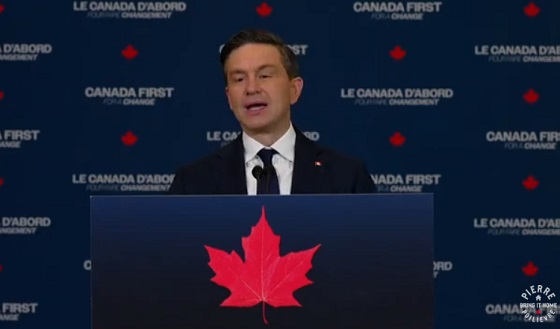
 2025 Federal Election2 days ago
2025 Federal Election2 days agoPoilievre will make it harder for politicians to boost their portfolios, close Carney loopholes
-
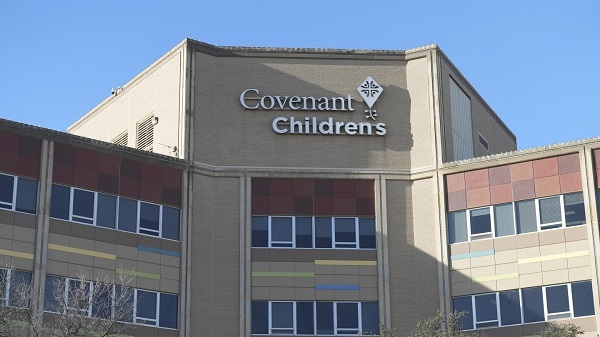
 Health2 days ago
Health2 days agoExpert Medical Record Reviews Of The Two Girls In Texas Who Purportedly Died of Measles
-

 2025 Federal Election20 hours ago
2025 Federal Election20 hours agoCSIS Warned Beijing Would Brand Conservatives as Trumpian. Now Carney’s Campaign Is Doing It.
-
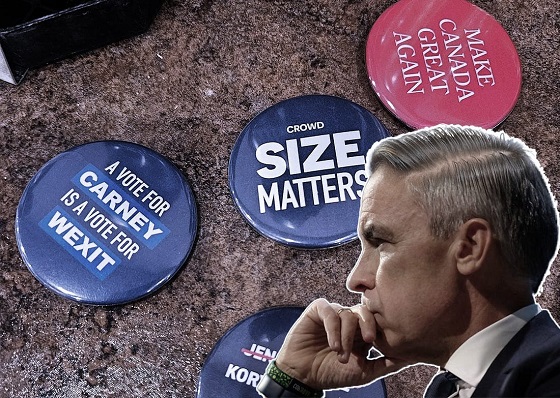
 2025 Federal Election17 hours ago
2025 Federal Election17 hours agoInside Buttongate: How the Liberal Swamp Tried to Smear the Conservative Movement — and Got Exposed





